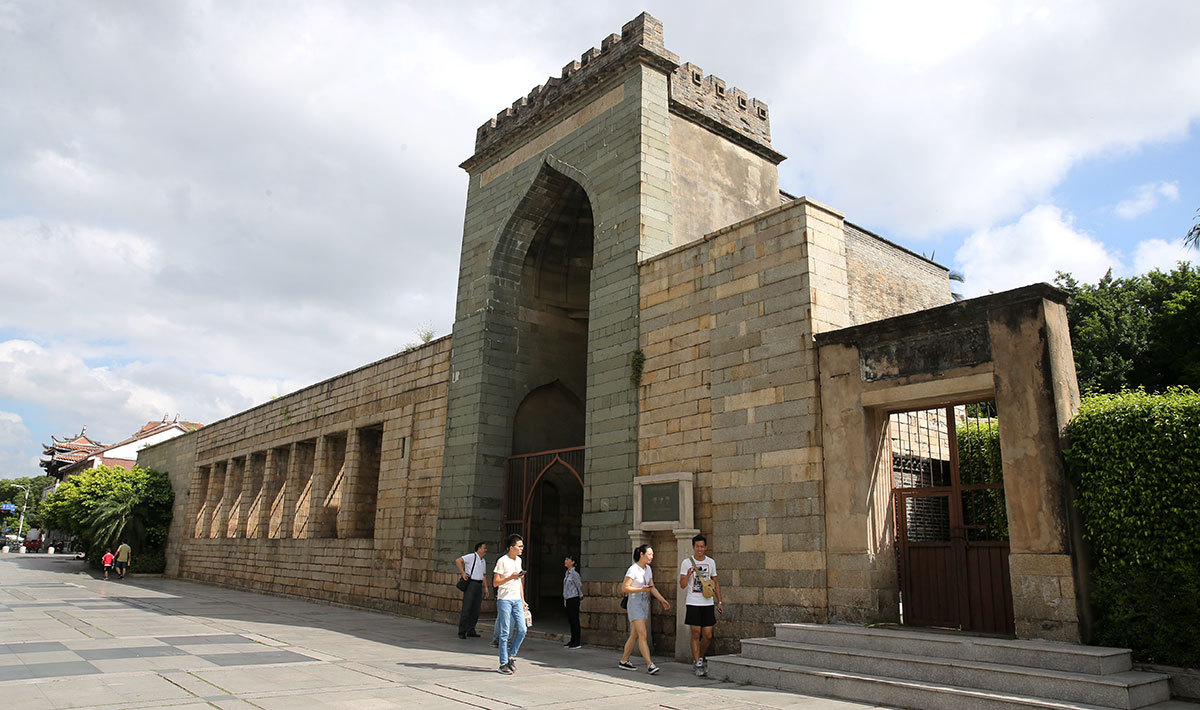
The Qingjing Mosque in Quanzhou, Fujian, is important to Chinese Muslims. (Photo: China Daily)
Every Friday, the Qingjing Mosque in Quanzhou, Fujian province, welcomes hundreds of Muslims attending prayers. Among them are dozens of foreign visitors.
A few blocks away are scattered several different places of worship, including a Confucian temple and the Kaiyuan Temple, a Buddhist temple dating back to 685, built during the Tang Dynasty (618-907).
"The mixture of temples and mosques is an indication of the city's long and rich history. It also showcases the city's inclusive nature," said Zhang Lianzhu, director of the mosque's office.
Zhang said the mosque has always been important to Chinese Muslims. Each year, it receives around 200,000 visitors from other provinces and regions with large Muslim populations.
Many come to Quanzhou not just to pray, but to visit the Islamic cemetery, where two Islamic saints from the seventh century are said to be buried, Zhang added.
The city's Muslim tradition can be traced back to the Song (960-1279) and Yuan (1271-1368) dynasties when over 100,000 Arab and Persian merchants converged on the metropolis, bringing with them commodities such as spices and their religious beliefs via the Maritime Silk Road.
Quanzhou Maritime Museum has the largest collection of Islamic and Hindu gravestones, capstones and inscriptions in the country, according to Xinhua News Agency.
Even today, there are still about 50,000 descendants of Arabs and Persians in Quanzhou, according to the municipal government.
In Shishi, a city with a large number of Arabs conducting foreign trade, a new mosque was built to accommodate their religious activities, Zhang added.


